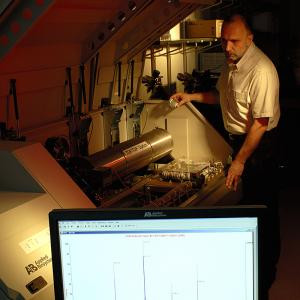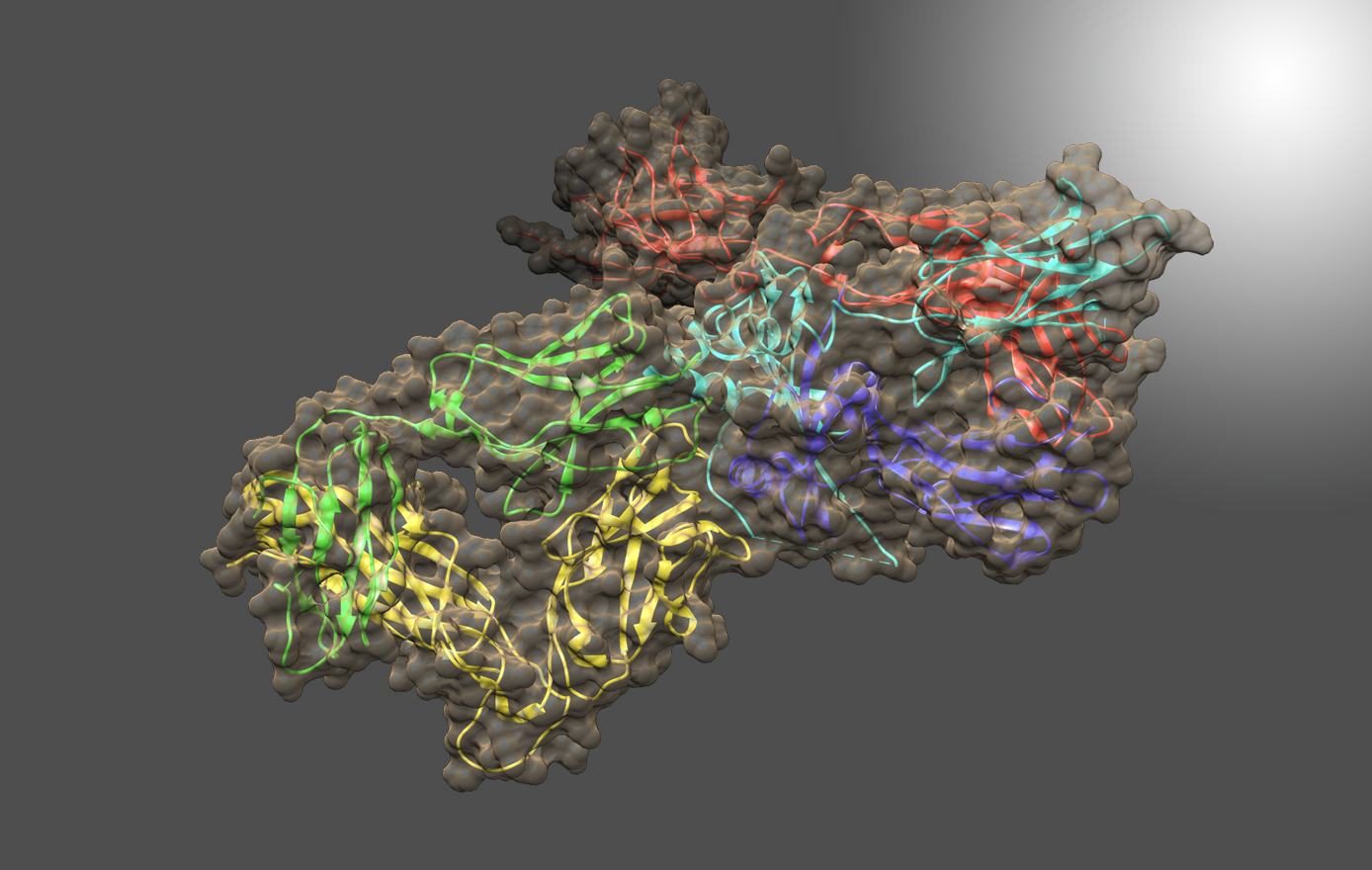
Contact
Email: iturko@umd.edu
Call: (240) 314-6257
Illarion Turko
Research Chemist
Turko Group
Contact
Email: iturko@umd.edu
Call: (240) 314-6257
Education
- Research Assistant Professor, UT-Houston Medical School, Houston, TX, 1999-2005
- Postdoctoral Fellow, Vanderbilt University, Nashville, TN, 1992–1999
- Ph.D. Biochemistry, Institute of Bioorganic Chemistry, Minsk, Belarus, 1987
- B.S. Biochemistry, Byelorussian State University, Minsk, Belarus, 1981
Profile
Proteins have multiple clinical applications--as biomarkers, therapeutics, and components of various biomaterials. All of these applications rely on accurate protein identification and quantification. Dr. Illarion Turko’s research focuses on the development of mass spectrometry measurements and protocols to quantitatively assess the concentrations of targeted proteins and their isoforms in clinically relevant biological samples.

CURRENT RESEARCH
Proteomic Toolbox to Standardize Purification of Extracellular Vesicles
Extracellular vesicles (EVs) are stable membrane structures that can deliver their cargo remotely and regulate fundamental cellular responses, and EV-based therapeutics are heavily promoted by the biopharmaceutical industry. Pure EVs are needed to unambiguously define their functions; however, because of their low abundance, obtaining pure samples of EVs remains a challenge.
Dr. Turko’s group is working on the development of a quantitative mass spectrometry method to simultaneously measure concentrations of several groups of EV-specific proteins and non-EV proteins. They propose that this approach will provide a toolbox for evaluation of purification protocols to provide a better understanding of their prospects and limitations.
Assessing Morphology of Monoclonal Antibody (mAb) Aggregation
Many environmental factors can lead to aggregation of mAbs. The final state and form of aggregation seem to depend on the aggregation pathway. The extent to which different forms of mAb aggregates impact biological activity and the risk of immunogenicity is poorly understood, primarily because of the limitations of existing measurement techniques. Current techniques assess the size and number of aggregates, but not aggregate morphology. Dr. Turko’s team reasoned that protein-protein interfaces that are nonexistent in monomeric mAbs, but present in aggregated mAbs, could be targets for selective, high affinity, short peptide reagents.
This idea prompted the use of peptide phage display technology, a powerful tool in the identification of ligands with novel functions. Peptides bound to aggregate interfaces can be selected from a complex mixture of billions of displayed peptides on phage, and then further enriched through a ‘bio-panning’ process. Once identified, the selected peptides can be used for developing quantitative methods to assess the morphology of mAb aggregation. A proof-of-principle paper has been recently published (Cheung et al. 2017. Scientific Reports).
